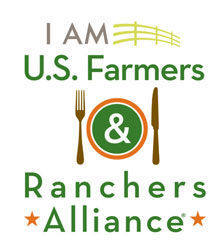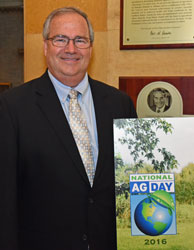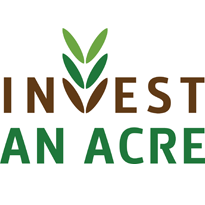 One of the most well known people working for the U.S. beef industry is Kendal Frazier. He has just been named CEO for the National Cattlemen’s Beef Association (NCBA).
One of the most well known people working for the U.S. beef industry is Kendal Frazier. He has just been named CEO for the National Cattlemen’s Beef Association (NCBA).
 Our Jamie Johansen spoke with Kendal after the announcement to learn more about his priority issues leading cattlemen and women forward.
Our Jamie Johansen spoke with Kendal after the announcement to learn more about his priority issues leading cattlemen and women forward.
“My priorities as CEO will be working with NCBA’s stakeholders and other organizations to vigorously oppose the continued assault by the government on private property rights; work to expand and open markets around the world for U.S. beef; increase trust in U.S. beef production and ensure consumers fully understand the importance of beef’s role in their diets,” said Frazier. “By focusing on these key areas, we ensure there is a prosperous future for the next generation of cattlemen and women.
“It has been my privilege to serve our industry. I have spent my career working with and for beef producers, so I am well versed in the many challenges and exciting opportunities that face our industry. I’m looking forward to working with NCBA’s leadership, membership, staff, state affiliates, state beef councils and other stakeholders.”
Frazier was raised on a diversified cattle and grain operation in south-central Kansas. He is a graduate of Kansas State University and began his career as a farm broadcaster for WIBW Radio/Television before joining the staff at Kansas Livestock Association as director of communications. He joined the staff of the National Cattlemen’s Association in 1985 and has held several staff leadership roles during his career with the association.
“As CEO, I will continue to focus on working to ensure we are implementing NCBA’s contributions to the Industry Long Range Plan,” said Frazier. “We will also ensure that we are delivering on NCBA’s member-directed policy priorities and executing NCBA’s Strategic Plan. These documents are the roadmap for NCBA and by delivering on their promises, we will ensure success for NCBA, our members and our industry.”
Learn more about Kendal in this week’s ZimmCast: Kendal Frazier, CEO, NCBA












